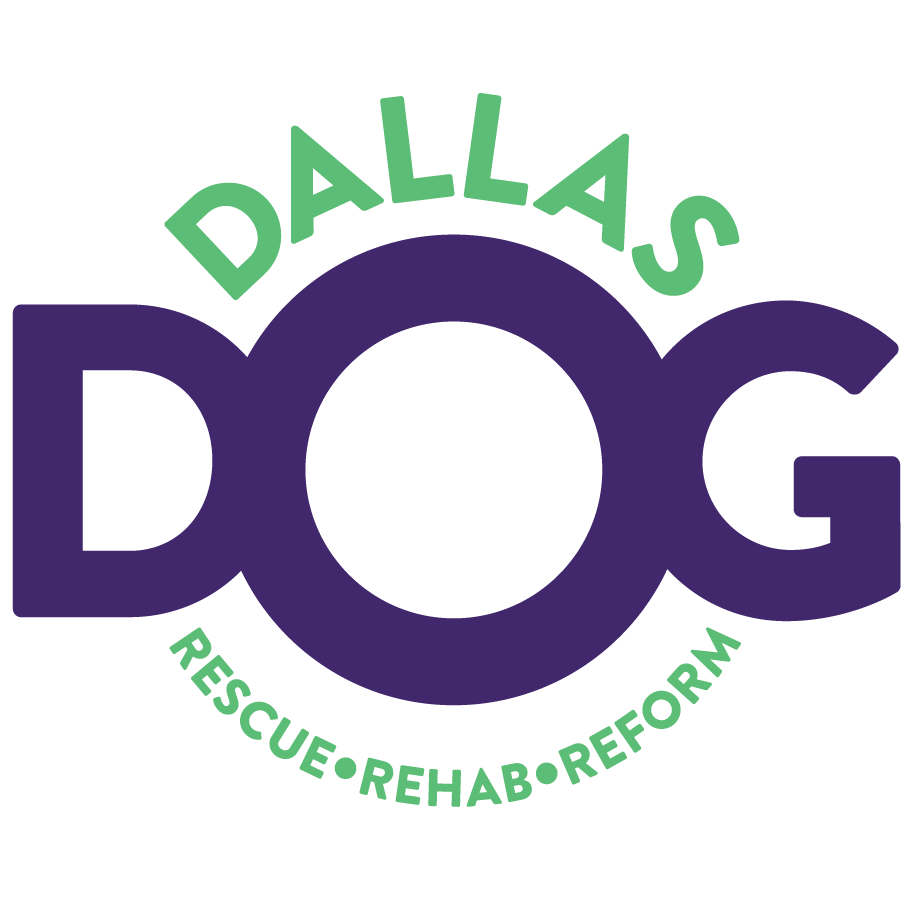Enrichment
Providing mental and physical enrichment keeps dogs engaged, reduces stress, and prevents common behavior issues by fulfilling their natural instincts.

Enrichment: A Key to Training & Preventing Unwanted Behaviors
Dogs thrive when they are mentally and physically stimulated. Without proper enrichment, boredom and excess energy can lead to unwanted behaviors such as chewing, excessive barking, digging, and even anxiety. Providing structured enrichment activities helps fulfill their natural instincts, keeps their minds engaged, and strengthens the bond between dogs and their owners.
Why Enrichment Matters
• Prevents Destructive Behaviors – A mentally engaged dog is less likely to engage in chewing, digging, or excessive barking out of boredom.
• Reduces Anxiety & Stress – Enrichment provides an outlet for nervous energy and helps dogs feel more secure.
• Enhances Learning & Problem-Solving – Interactive activities keep a dog’s brain sharp and improve problem-solving skills.
• Promotes Physical Health – Many enrichment activities also encourage exercise, improving overall well-being.
Types of Enrichment Activities
Puzzle Toys & Food-Dispensing Games
Encouraging dogs to work for their food mimics natural scavenging behaviors and keeps their minds active.
• KONG toys – Fill with peanut butter, yogurt, or kibble for a rewarding challenge.
• Snuffle mats – Hide kibble or treats within the mat to encourage foraging.
• Treat-dispensing balls – Dogs must roll the ball around to release treats.
• Interactive puzzle feeders – Require dogs to slide or lift pieces to find hidden treats.
Scent Work & Nose Games
Engaging a dog’s sense of smell provides excellent mental stimulation.
• Hide-and-seek with treats – Hide small treats around the house or yard for your dog to sniff out.
• Scent tracking – Place a scent trail with food or essential oils for your dog to follow.
• Frozen treat blocks – Freeze kibble or treats inside a block of ice for a fun challenge.
Training & Problem-Solving Exercises
Teaching new tricks or reinforcing commands keeps a dog’s mind sharp and builds confidence.
• Basic obedience refreshers – Reinforce “sit,” “stay,” “leave it,” and recall commands.
• New trick training – Teach fun skills like spin, shake, or playing dead.
• Shaping games – Reward small steps toward a new behavior, encouraging creativity and problem-solving.
Physical & Social Enrichment
Physical activity is essential for a well-balanced dog.
• Agility courses – Set up simple obstacles like tunnels, jumps, or weave poles.
• Flirt poles – A moving lure on a string satisfies prey drive and builds impulse control.
• Structured playdates – Socialization with well-matched dog friends provides mental and physical stimulation.
Chew & Lick-Based Activities
Chewing and licking are naturally calming for dogs and help prevent boredom.
• Licking mats – Spread peanut butter or yogurt on a textured mat to keep your dog occupied.
• Long-lasting chews – Offer safe chew items like bully sticks, yak chews, or antlers.
• Frozen food-filled toys – Freeze wet food or broth inside a KONG for extended entertainment.
The Power of Enrichment in Training
Incorporating enrichment into daily life not only prevents unwanted behaviors but also improves focus during training sessions. A well-enriched dog is more likely to listen, learn, and engage positively with their environment.
By integrating enrichment activities tailored to your dog’s needs, you can create a happier, healthier, and better-behaved companion!

